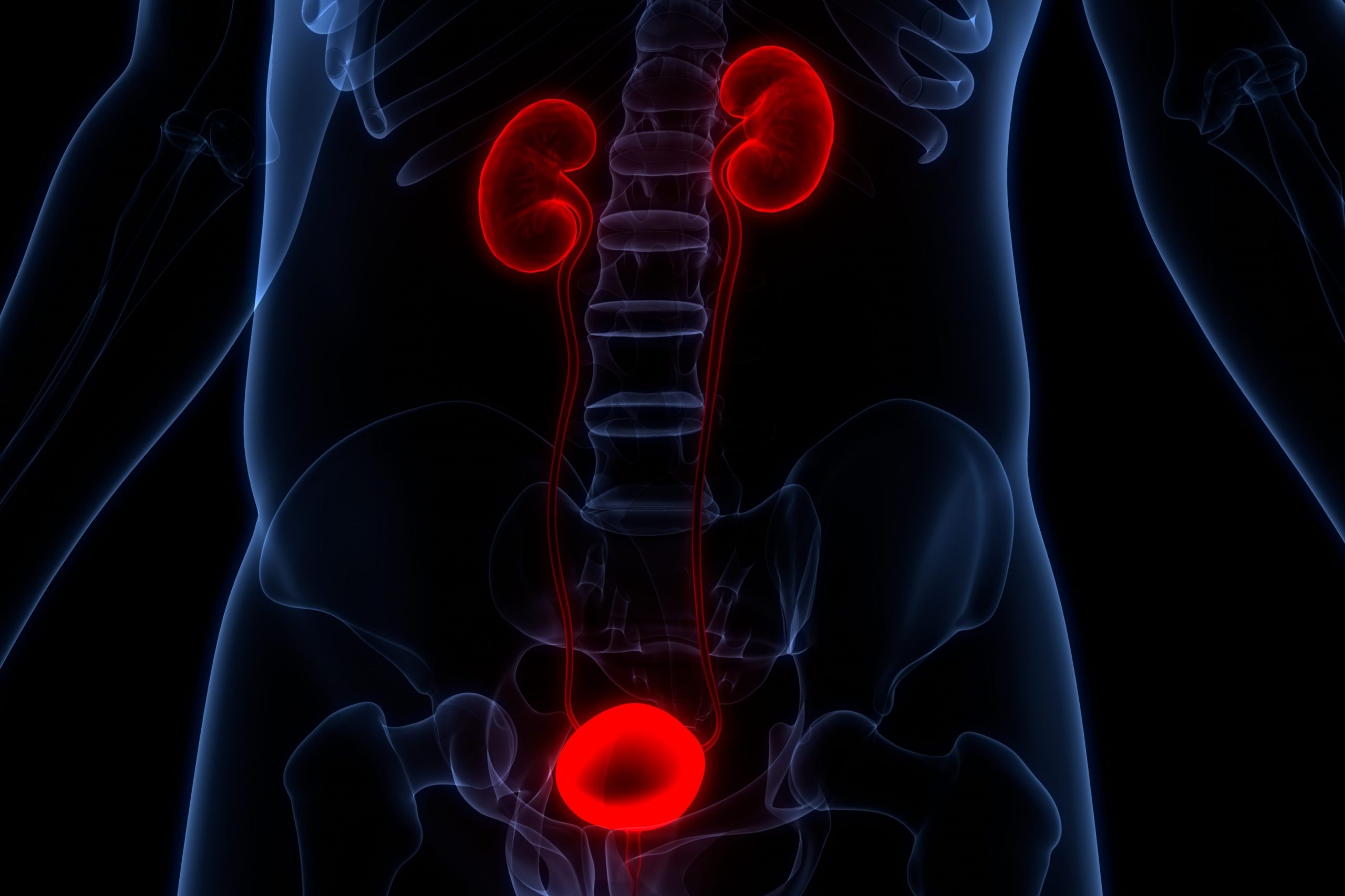
Pyelonephritis: causes, symptoms and treatment
Pyelonephritis refers to an infectious process affecting the upper urinary tract, that is, the kidneys. This infectious process may arise for various reasons and origins and affects only the urinary tract
What are the causes of pyelonephritis
The most common route of bacterial transmission that causes, precisely, pyelonephritis is represented by the ascending route coinciding, most likely, with an ongoing bacterial cystitis from E.Coli or other bacteria.
Such Infection, however, in order to get to the point of infecting the kidneys must be promoted by abnormalities of the urinary system, both functional and anatomical, which can occur in the female and male sexes:
- vesicoureteral reflux
- neurological bladder
- renal and bladder lithiasis
- obstructive uropathy and others.
Pyelonephritis also has additional pathways such as lymphatic and hematologic
This condition predominantly affects the female sex, both for hormonal (hormonal changes) and anatomical reasons (shorter urethra and episodes of cystitis).
Symptoms and signs of pyelophrenitis
Pyelonephritis can present in acute or chronic form:
- in the acute phase it may degenerate to pyonephrosis or perinephritic abscess;
- in the chronic pyelonephritis (which includes xanthogranulomatous pyelonephritis). Symptomatology is evidenced by flank and abdominal pain, chills with agitation, lasting high fever, urination disturbances, mental confusion, and hematuria.
How pyelophrenitis is diagnosed
Pyelonephritis is diagnosed by the presence of a urinary infection and by performing targeted diagnostic tests such as abdominal CT and renal ultrasound, as well as logically hematologic tests.
Therapy of pyelonephritis
In the elderly population that is affected by this disease, the mortality rate is fair, and it is therefore recommended to perform targeted intravenous antibiotic therapy as soon as possible in order to regress the infectious process and consequently the symptomatology as soon as possible.
It is recommended, however, even in people of any age, to address the above pathology as soon as possible by observing a valid and targeted antibiotic therapy.
Read Also:
Emergency Live Even More…Live: Download The New Free App Of Your Newspaper For IOS And Android
Vaginal Yeast (Candidiasis): Causes, Symptoms And Prevention
Chlamydia, Symptoms And Prevention Of A Silent And Dangerous Infection
Vulvodynia: What Are The Symptoms And How To Treat It
What Is Vulvodynia? Symptoms, Diagnosis And Treatment: Talk To The Expert
Accumulation Of Fluid In The Peritoneal Cavity: Possible Causes And Symptoms Of Ascites
Accumulation Of Fluid In The Peritoneal Cavity: Possible Causes And Symptoms Of Ascites
What’s Causing Your Abdominal Pain And How To Treat It
Pelvic Varicocele: What It Is And How To Recognise The Symptoms
Can Endometriosis Cause Infertility?
Transvaginal Ultrasound: How It Works And Why It Is Important
Candida Albicans And Other Forms Of Vaginitis: Symptoms, Causes And Treatment
What Is Vulvovaginitis? Symptoms, Diagnosis And Treatment
Vaginal Infections: What Are The Symptoms?
Gardnerella Vaginalis Vaginosis: Symptoms, Diagnosis And Treatment



